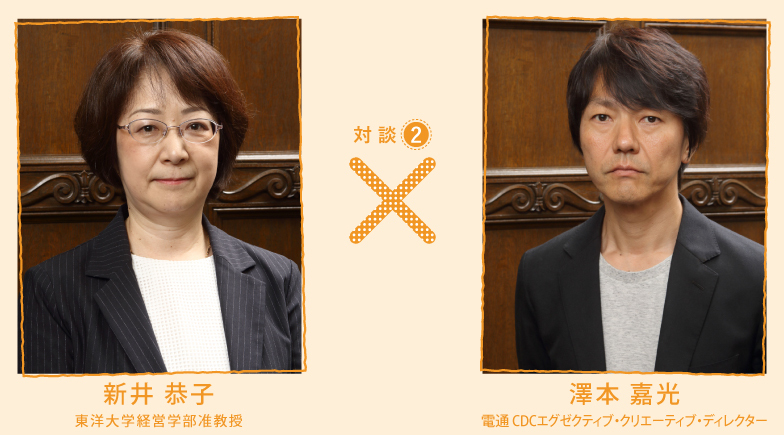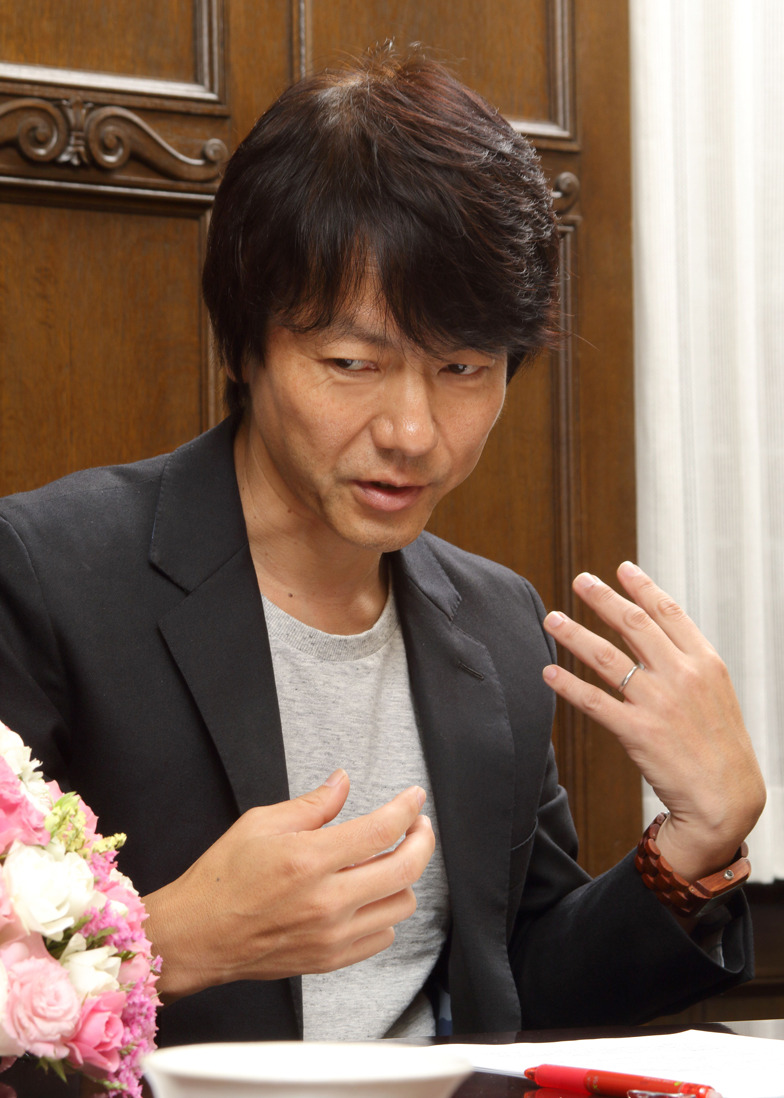Considering the Context of Advertising Expression Why Did "Dog's Father" Become a Hit?―②
Was this article helpful?
Newsletter registration is here
We select and publish important news every day
For inquiries about this article
Back Numbers
Author

ADVERTISING STUDIES
<a href="http://www.yhmf.jp/index.html" target="_blank"><span style="color:#336699">http://www.yhmf.jp/index.html</span></a><br/> The Hideo Yoshida Memorial Foundation publishes the research and public relations journal "AD STUDIES" four times a year. Each issue features special topics on advertising, communication, and marketing. Back issues from the inaugural edition to the latest issue are available on our foundation's homepage.

Kyoko Arai
Toyo University
After graduating from high school in 1978, I worked for 12 years at All Nippon Airways and other airlines before entering Gakushuin University. I graduated from Gakushuin University's Faculty of Letters in 1997, attended Gakushuin University's Graduate School of Humanities from 1998 to 2004, became a lecturer at Toyo University's Faculty of Business Administration in 2005, and have held my current position since 2008. Research fields include linguistics, pragmatics, and communication theory. Focusing on "language ellipsis" based on relevance theory, research topics encompass haiku translation, advertising expression, and disaster prevention communication. Publications include "How Can We Translate Invisible Constituents in Haiku? Translation of Poetic Ellipsis" (Translation Ireland, July 2013) and "Building Strong Brands Through Weak Communication: The 'Weak Communication' Effect in Branded Content TV Commercials" (co-authored / Toyo University Business Review, November 2013).

Yoshimitsu Sawamoto
Dentsu Inc.
Born in Nagasaki City in 1966. Graduated from the Department of Japanese Literature, Faculty of Letters, University of Tokyo in 1990 and joined Dentsu Inc. Produced a series of buzzworthy TV commercials, including SoftBank Mobile's "White Family," Tokyo Gas's "Gas Pa Choo!," and Try Home Tutoring's "Heidi." Also directed music videos for groups like Nogizaka46 and T.M.Revolution. His published works include the novels "Dad Is a Classmate" and "10 Promises Between My Dog and Me" (pen name: Saitou Akari; also wrote the film screenplay). He also wrote the original screenplay for the film "Judge!" and has penned lyrics for artists like TVXQ. He has received numerous awards, including Creator of the Year (2000, 2006, 2008), Silver and Bronze Lions at the Cannes Lions International Festival of Creativity, the Grand Prix at ADFEST (Asia-Pacific Advertising Festival), Gold and Silver Clio Awards, the TCC Award Grand Prix, and the ACC Grand Prix.





